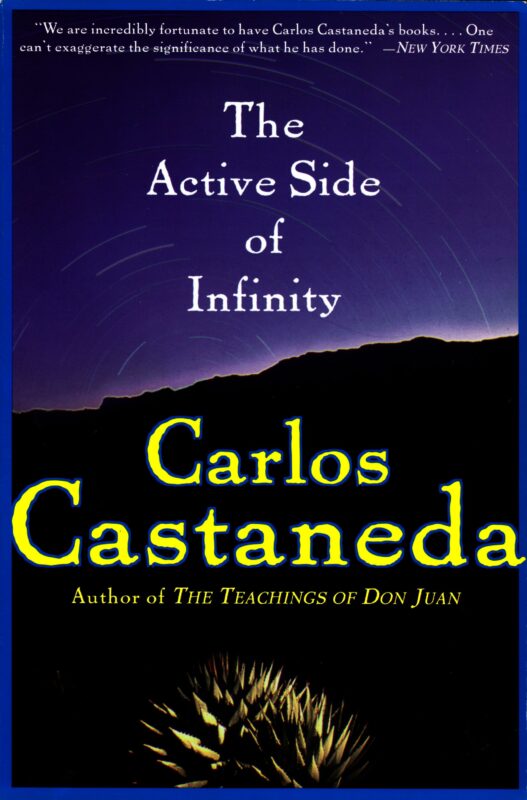The Active Side of Infinity – Beyond Syntax: The Usher
In this chapter, don Juan introduces Castaneda to the sorcery technique of “the recapitulation”—a formal, meticulous recounting of one’s entire life in order to create a “space” for new knowledge. He explains the sorcerers’ view of the universe, where perception is assembled at the “assemblage point” as energy filaments from the “dark sea of awareness” are interpreted. The goal of the recapitulation is to offer one’s life experiences back to this cosmic awareness at the moment of death, thus saving one’s life force. To begin this process, don Juan tells Castaneda he must first find an “usher,” a single, powerfully clear memory that will illuminate all others. Left to the task, Castaneda vividly recalls a formative event from his childhood: being a billiards prodigy secretly employed by a notorious gambler, Falelo Quiroga. This arrangement culminates in Quiroga threateningly demanding that Castaneda throw a high-stakes game. Before Castaneda is forced to choose, his family moves away, leaving the dilemma unresolved. Don Juan explains this memory is the perfect usher, as it encapsulates the central, unresolved conflict of Castaneda’s life: being trapped between the desire to embrace infinity and the simultaneous urge to run away from it.
The Active Side of Infinity – Beyond Syntax: The Usher Read More »

